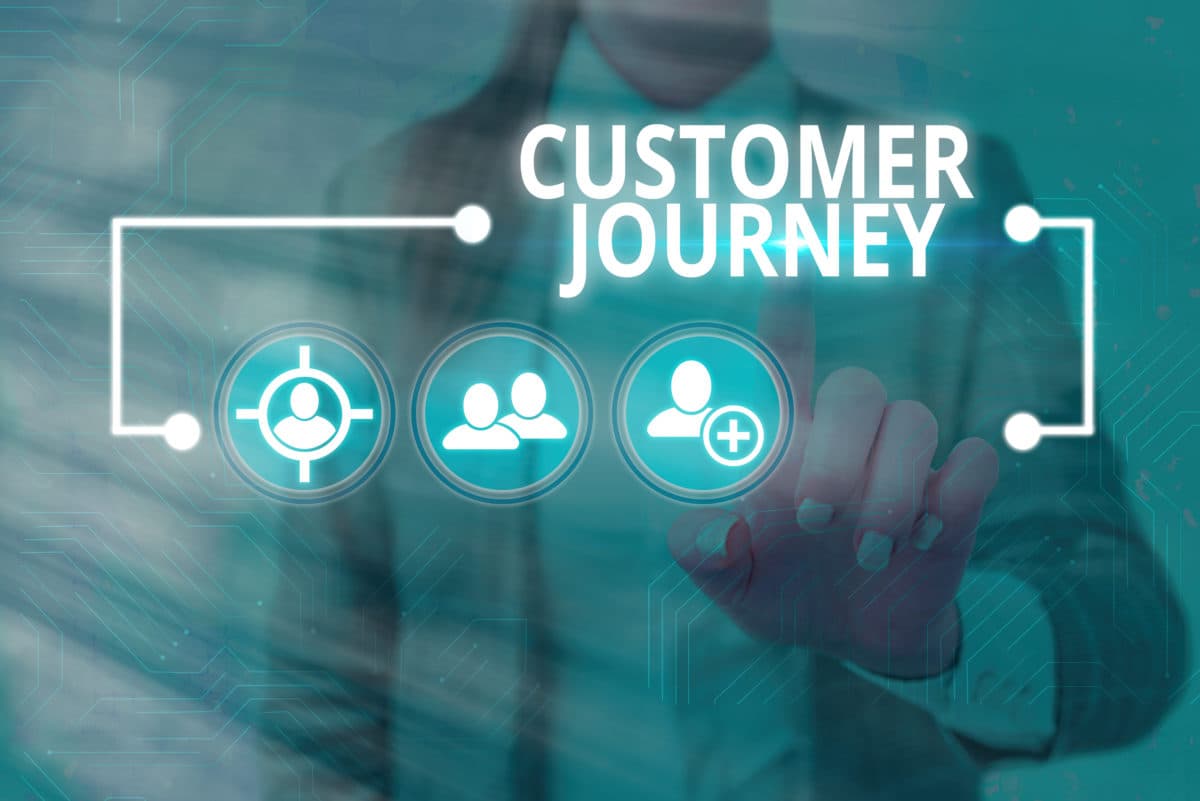Mapping the customer journey for digital marketing
Mapping Your Customer Journey for Digital Marketing
It is easy to map the customer journey with digital marketing. The goal of marketing is not just to bring in customers, but also to keep them. You can do this by charting the customer journey and finding any problems that are stopping potential customers, leads, or current ones from becoming more. When you know how to do this, with a good understanding of what is needed at each stage; you will be able to better target people so that you don't lose anyone on their path!
What is a Customer Journey?
The digital customer journey lets you track every interaction that happens between you and your customers online. It's a powerful tool that shows the journey of an ideal customer for your business. You can use it to understand what they were thinking, where you may have missed an opportunity for engagement, or gained insight into how best to communicate future products and services to better cater to these needs!
Why is a Customer Journey Important?
Businesses often don't understand that customers go through a lot of different steps before they decide to buy something from them. These steps can happen before the customer even interacts with the business, or sometimes even after they've bought something. It's important for businesses to understand this process so they can better serve their customers, and make them feel valued.
Digital marketing helps you reach your customers at every stage of their online journey. You can map out the different touchpoints in between interactions to make sure no one falls through the cracks. With data analytics, we can understand them better than ever!
Eight TouchPoints Along The Customer Journey
Awareness - Every customer is a possible convert. You don't know what they want, but with some creativity, you can find new ways to reach out and connect with them. Tactics like PPC (pay-per-click) advertising, social media marketing, and SEO (search engine optimization) can all be used to help generate awareness of your products or services.
Engagement - The key to getting people interested in you and your company is not just telling them who you are or what you sell. You also need to capture their attention and keep it. One way to do this is by blogging interesting, helpful content that people can read for free. This builds trust between you and your audience and drives engagement.
Subscription - Graduating someone from being aware of your company to being subscribed is the next step in their customer journey. There are many ways you can do this, including using social media connections (such as Facebook, Twitter, and YouTube) to create subscription lists with followers in mind.
Commitment - You need to make sure your conversion rates are good. You can do this by asking for money or time from your customers. This will help them be more invested in what you are offering them. Webinars can help with this, and so can demos. They can be done quickly without compromising quality and don't take up a lot of time or space.
Onboard - When your customers are excited about using the offer they accepted in Step 4, that's called customer onboarding. Onboarding helps them feel sure that they made the right decision when signing up. Plus, it encourages them to keep going on their journey with your company.
Retention - Now that you have a good relationship with your customer, it is time to sell them something. People who know you are more likely to buy from you again. This is why it is important to send digital messages that will interest your customers at the right moment. This will help keep them coming back to you.
Loyalty - It can be difficult to create brand advocates, but it is worth it. Brand loyalists are people who buy from your company again and again because they feel like you have helped them in some way. If you use the right strategy, you can create a customer who will stick around for a long time and keep buying your products or services.
Promotion - A company's brand is one of its most valuable assets. Companies with strong brand advocates can create communities of loyal followers. These followers will go above and beyond what is normal to help promote the company. They do this without being paid, and they become an important part of business.
Conclusion
Digital marketing is important for any company. The goal is to move customers through the different stages of buying behavior. However, there is no one-size-fits-all approach. The answer lies in understanding what makes customers buy from your company instead of someone else. Some people might spend just minutes at some points, while others might sprint through multiple stages in this time frame. A healthy business has groups of people at all stages throughout its customer journey.
A well-designed digital marketing strategy can engage and move customers from being aware of a product or service to becoming loyal brand advocates. RSO Consulting can create campaigns that will guide your target market on their journey in this direction.
